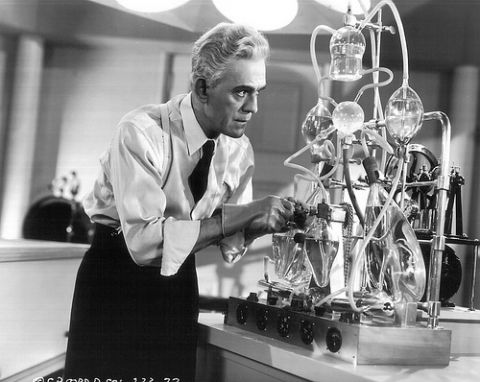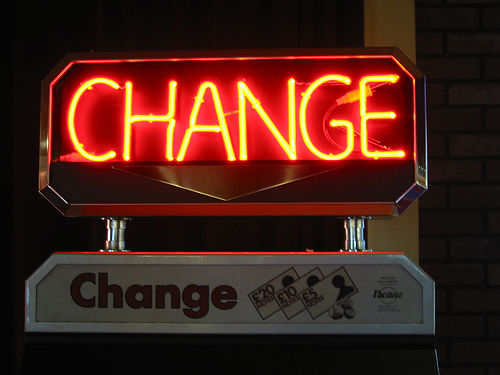The Progressive Service and re-imagining the organization
There are lots of fantastic aspects of being a college student - the parties, the football games, the almost complete lack of real responsibility when compared to what often comes next - the corporate world, the 9-to-5 grind, and trying reasonably hard not to screw up, (after all, all that fun in college came with a price tag, probably in the form of tens of thousands of student loans to pay off).
But besides all the obvious fun and cool elements of student life, there is at least one other - the chance to work on projects, develop ideas, and present provocative concepts all safe in the knowledge that these ideas will usually be evaluated mostly on their creativity and inspiration, and not out in the real world where at most organizations they are likely to be met with 'That's not how we do things here' or 'That will never work' or 'Who are you again?'
And out in the real world massive, transformational organizational re-designs almost never actually happen (and work). There is so much legacy baggage, locked-in contracts and structures, and often a substantial level of resistance to change that the change that anyone tries to make to an entrenched institution is usually incremental and small in nature. All change is hard. Big change is just about impossible to pull off.
With all that in mind, I recommend taking a look at a student project that focuses on the kind of massive change that is normally only talked about in the detached, theoretical setting of academia. The below presentation is titled United States Postal Service Thesis, and was created by Tom Calabrese for a Masters program. The deck, which presents some ideas and kind of radical concepts for the US Postal Service of the future, is below, and I'll have a quick comment/challenge after the break.
Did you click through the deck? What did you think?
A couple of things stood out to me. One, that providing, for a price, the ability to refine and tailor your own mail delivery preferences is an idea worth pursuing. And two, the more radical idea about somehow connecting the Postal Service social graph to other, more higher value add services and products.
But the real reason why I decided to post about this was not any of the specific proposals for the USPS, but rather as it was a great reminder that we almost never spend any time thinking about re-imagining our own organizations in a similar manner. Now certainly most of our organizations don't face the same number and type of daunting problems the USPS faces, but it's also certain that we underestimate the problems, (maybe ones that have not yet even manifested), that face our organizations.
So the challenge is this - what if you could (or had to), completely re-imagine your workplace?
What if you were to start from a blank sheet, or close to it, and start over?
What would you keep? What would you let go? What are you doing simply because of inertia and tradition and internal resistance to change?
What would the 'new' organization look like?
Have a great week all!

 Steve
Steve



